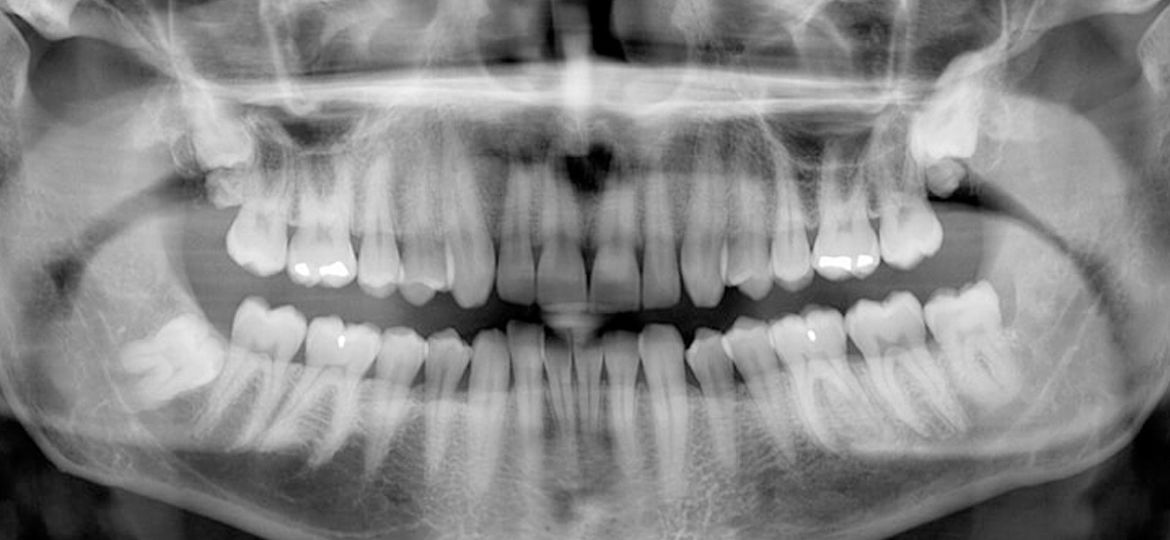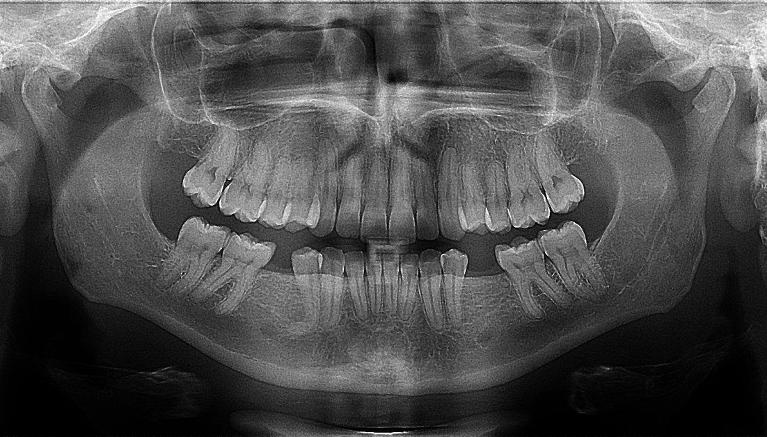Introduction
When you visit your dentist, they may recommend various diagnostic tools to assess your oral health. One such tool is a panoramic X-ray, also known as a panoramic radiograph. This type of X-ray provides a comprehensive view of your entire mouth, including your teeth, jaws, and surrounding structures. In this blog post, we will explore why your dentist might suggest a panoramic X-ray and the benefits it offers in diagnosing and treating dental conditions.
1. Assessing Overall Oral Health
A panoramic X-ray allows dentists to assess the overall oral health of a patient. By capturing a detailed image of the entire mouth, dentists can identify any underlying issues that may not be visible during a regular dental examination. This includes evaluating the condition of the teeth, gums, jawbone, and other structures.
2. Detecting Dental Abnormalities
Panoramic X-rays are particularly useful in detecting dental abnormalities that may not be easily visible. These abnormalities can include impacted teeth, cysts, tumors, or infections. By identifying these issues early on, dentists can develop appropriate treatment plans to prevent further complications.
3. Evaluating Wisdom Teeth
Wisdom teeth, also known as third molars, often cause problems due to their late eruption and limited space in the mouth. A panoramic X-ray provides a clear view of the position and alignment of wisdom teeth. This helps dentists determine whether extraction is necessary to prevent overcrowding, impaction, or other complications.
4. Planning Orthodontic Treatment
Orthodontic treatment, such as braces or aligners, requires careful planning to ensure optimal results. A panoramic X-ray helps dentists assess the alignment of the teeth, the position of the jaw, and the presence of any underlying issues that may affect orthodontic treatment. This information is crucial for developing an effective treatment plan.
5. Diagnosing TMJ Disorders

Temporomandibular joint (TMJ) disorders can cause jaw pain, headaches, and difficulty in opening or closing the mouth.
Summary
A panoramic X-ray is a valuable diagnostic tool that allows dentists to obtain a detailed overview of your oral health. It captures a wide-angle image of your entire mouth, providing information about your teeth, jawbones, sinuses, and temporomandibular joints. This type of X-ray is particularly useful in identifying various dental conditions such as impacted teeth, jawbone abnormalities, cysts, tumors, and signs of gum disease. By obtaining a panoramic X-ray, your dentist can make more accurate diagnoses, develop appropriate treatment plans, and monitor the progress of ongoing den tal procedures. Overall, a panoramic X-ray helps ensure comprehensive oral care and contributes to maintaining your dental health in the long run.
- Q: Why would my dentist recommend a panoramic X-ray?
- A: Your dentist might recommend a panoramic X-ray to get a comprehensive view of your entire mouth, including your teeth, jaws, and surrounding structures. This type of X-ray can help in diagnosing various dental issues such as impacted teeth, jaw disorders, infections, and tumors.
- Q: How is a panoramic X-ray different from other dental X-rays?
- A: Unlike traditional dental X-rays that focus on specific areas, a panoramic X-ray captures a wide-angle view of your entire oral cavity. It provides a more detailed image of your teeth, jawbones, sinuses, and temporomandibular joints, allowing your dentist to assess your overall dental health.
- Q: Is a panoramic X-ray safe?
- A: Yes, panoramic X-rays are considered safe. The radiation exposure is minimal, and dentists take necessary precautions to ensure patient safety, such as using lead aprons and thyroid collars. However, pregnant women should inform their dentist beforehand to avoid any potential risks.
- Q: How often should I get a panoramic X-ray?
- A: The frequency of panoramic X-rays depends on your dental health and specific needs. In general, dentists recommend getting one every 3 to 5 years. However, if you have ongoing dental issues or require specialized treatment, your dentist may recommend more frequent X-rays.
- Q: What should I expect during a panoramic X-ray?
- A: During a panoramic X-ray, you will be asked to stand or sit in a designated position while a machine rotates around your head. It is a quick and painless procedure that usually takes less than a minute. You may be required to remove any jewelry or accessories that could interfere with the X-ray.

Welcome to my website! My name is Lucas Bryce, and I am a dedicated professional Holistic Dentist with a passion for providing exceptional dental care. With years of experience in the field, I am committed to helping my patients achieve optimal oral health and beautiful smiles.

